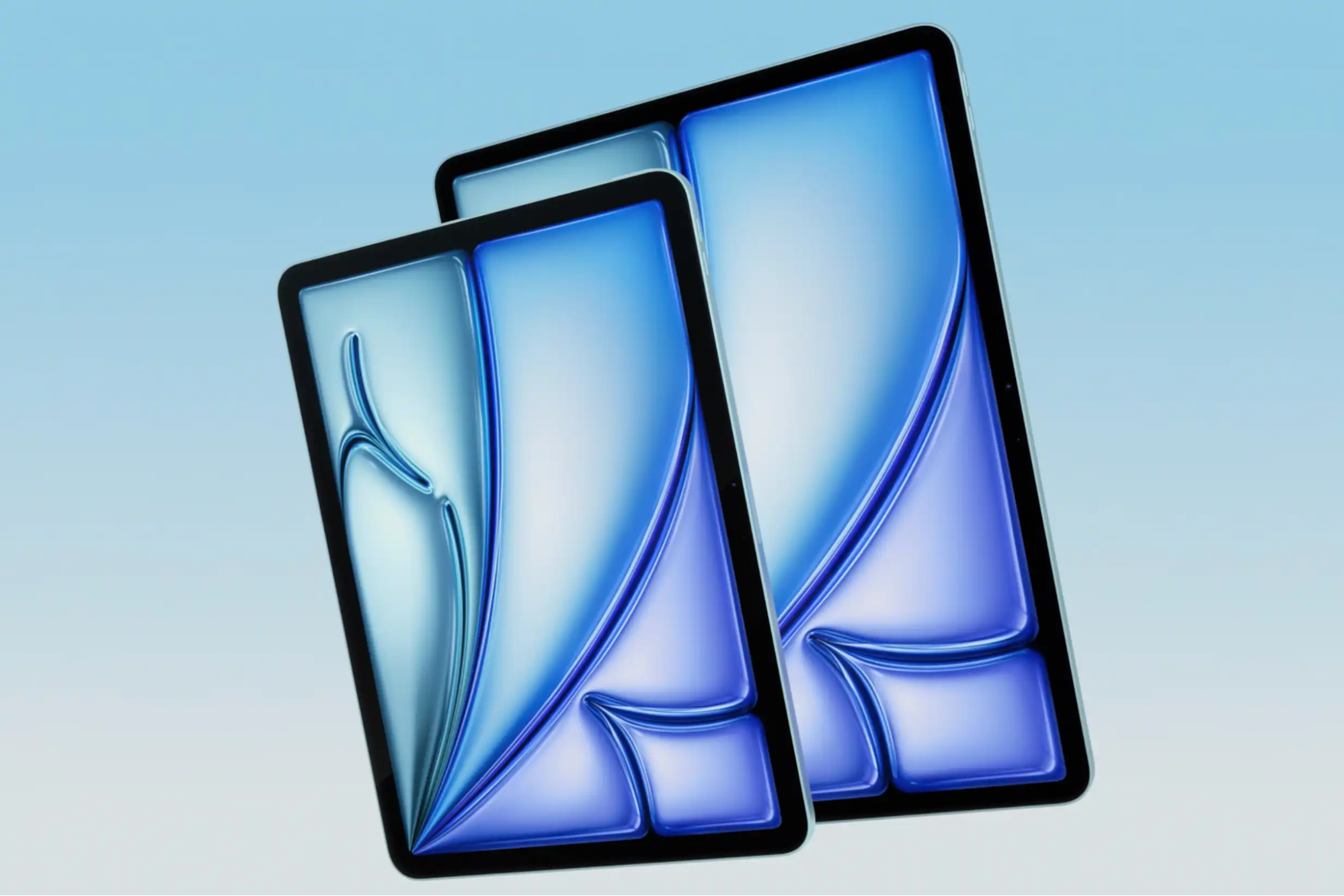Wi-Fi extenders work by receiving your existing WiFi signals and re-broadcasting them to areas of your home where the signal is low. They are perfect for extending the range of your wireless network, but that’s not the whole story. By incorporating Ethernet ports into the design, extenders can offer more stable connections to devices that need it. The presence of an Ethernet port does not mean that the extender’s wireless capability is compromised. On the contrary, it simply adds another option for connectivity.
Different Types of WiFi Extenders
- Wireless repeaters: These devices simply take the existing Wi-Fi signals and repeat them into further areas of your space.
- Powerline WiFi extenders: These units use the electrical wiring in your house to create a wired network that pairs with a wireless access point.
Whether you use a traditional repeater or a powerline solution, the end goal is the same: improve WiFi coverage throughout your environment.
The Importance of Seamless Connectivity
Reliable internet connections are essential in today’s world, and a Wi-Fi range extender can ensure that wireless signals are strong across your entire home. Devices like smart TVs, gaming consoles, and desktop computers could also benefit from a direct Ethernet connection, ensuring high-speed data transfer that wireless connections sometimes cannot match.

The Role of Ethernet in Expanding Your Network
Benefits of Wired Connections
While WiFi extenders aim to increase the coverage of wireless signals, Ethernet cabling offers its perks. Wired connections are revered for their stability and speed, which are crucial for data-intensive activities like streaming high-definition videos, engaging in online gaming, and transferring large files. Devices connected via ethernet cables will not suffer from issues like interference and can maintain consistent speeds.
Ethernet and WiFi Extenders: The Best of Both Worlds?
Marrying Wi-Fi extenders with Ethernet cabling can provide the best of both worlds. You get the increased range and convenience of wireless signals throughout your space, combined with the robustness of wired connections where they are most beneficial. Implementation of ethernet ports on these extenders will need a thoughtful approach, but the payoff is a versatile network that can accommodate all manner of devices and usage scenarios.
| Case Scenario | Ethernet-enhanced Extenders’ Benefit |
|---|---|
| Online Gaming | Offers stable and low-latency connection for a seamless gaming experience. |
| HD and 4K Video Streaming | Ensures uninterrupted and buffer-free streaming. |
| Large File Transfers | Facilitates quick and efficient data transfer without signal interference. |
| Smart Home Stability | Provides reliable connections to smart home devices without clogging wireless bandwidth. |
Step-by-Step Guide to Connecting an Ethernet Cable to a WiFi Extender
Preparing for the Setup
Before diving into the installation process, you will need to ensure you have the right equipment. A compatible Wi-Fi extender with ethernet ports is essential. Additionally, owning quality Ethernet cables that are long enough to reach between your devices and the extender will keep frustration at bay. Lastly, assess your home and determine where you experience weak Wi-Fi signals the most, as this will influence the extender’s positioning.
Installation Process
- Positioning Your WiFi Extender: The extender should be placed within the range of your existing router but close enough to the area with poor WiFi coverage.
- Connecting the Ethernet Cable: Attach one end of the cable to your extender and the other to the device that requires a wired connection.
The rest of this guide will lead you through configuring the network settings and provide helpful troubleshooting tips to resolve any issues that may arise.
Configuring the Network Settings
After physically connecting your device, you’ll need to configure the network settings. This usually involves using a computer or mobile device to access the extender’s web interface. Through this interface, you can customize settings such as the network name (SSID), security protocol, and passwords to match your existing network. This step ensures that your extender and router can communicate properly, and that your extended network is secure.
Troubleshooting Common Issues
Even with a careful setup, sometimes issues can arise:
- Wi-Fi extenders not connecting to the router could indicate distance issues or interference.
- Slow ethernet connections might result from using old Ethernet cables not suited for higher-speed internet.
- If devices can’t connect to the extended network, you might need to check the settings for any discrepancies.
These common problems typically have simple solutions, such as adjusting the extender’s position or ensuring the cables and firmware are up to date.

Optimizing Your Network With Ethernet-Connected Wi-Fi Extenders
Placement Tips for Maximized Efficiency
Placement tips for maximized efficiency are crucial for the extender’s performance. The ideal location is usually about halfway between your router and the area where you need better coverage. Avoid placing extenders near large metal objects and electronic appliances that can cause signal interference.
Balancing Wireless and Wired Connectivity
Balancing wireless and wired connectivity can significantly improve your network’s efficiency. Wi-Fi extenders ensure that devices far away from the router have a strong wireless signal, while Ethernet connections can be used for devices that require more stability and faster speeds.
Advanced Features and Settings to Explore
Advanced features and settings to explore might include:
- Access controls to restrict device connections
- Scheduling options for availability
- Bandwidth prioritization to ensure critical devices maintain high speeds
These features can greatly enhance your network’s performance and reliability, offering a more tailored experience to your internet usage needs.

Conclusion
In conclusion, connecting an Ethernet cable to a Wi-Fi extender is not only possible but can also unlock new potential for your home network. By combining the flexibility of wireless connections with the reliability of wired devices, you can extend your internet reach and performance. Just remember to consider the specific placement and settings for your extenders and connected devices to ensure the best possible Wi-Fi coverage and network stability.
FAQs
Can Ethernet cables speed up Wi-Fi extenders?
Yes, connecting devices via Ethernet cables to Wi-Fi extenders can result in faster and more reliable connections compared to a wireless link, though the Wi-Fi signal broadcasted by the extender will not inherently become faster.
Is it better to use a Wi-Fi extender with or without an Ethernet connection?
That depends on your needs. If you have devices that require stable connections or you transfer large files frequently, Ethernet connections can be advantageous. For mobile devices like smartphones and tablets, a wireless connection will suffice.
Will connecting an Ethernet cable to a Wi-Fi extender reduce wireless signal strength?
No, connecting an Ethernet cable to your extender will not reduce the strength of the wireless signal it emits. It provides an additional method for devices to access the network.
What kind of Ethernet cable is recommended for a Wi-Fi extender?
For optimal performance, it is recommended to use at least a Cat 5e Ethernet cable. For gigabit speeds, Cat 6 or higher cables will be needed to accommodate the faster data transfer rates.
How to tell if your Wi-Fi extender has an Ethernet port?
You can typically tell if your Wi-Fi extender has an Ethernet port by looking at the physical connections available on the device. It will look like a phone jack but slightly wider. You can also consult the device’s manual or online specifications to confirm its features.



